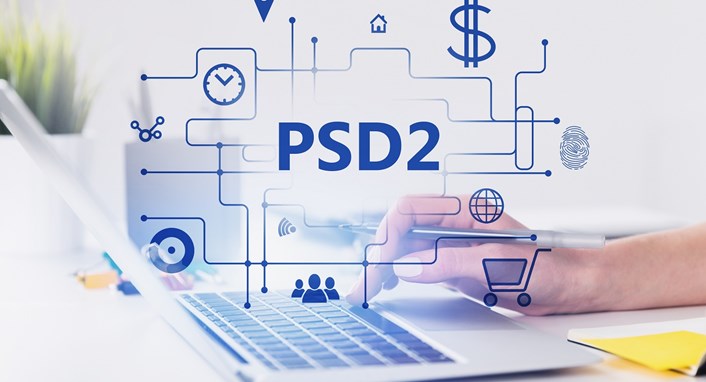
PSD2: the Regulation
Since the 2008 global financial crisis, lawmakers and regulators have been making a concerted effort to increase the regulation of banks and other financial institutions. One regulatory initiative that has emerged in recent years is PSD2 (the Second Payments Services Directive). The PSD2 Regulation is intended to promote innovation in the payments industry and enhance consumer protection. This directive was finalized by the European Union Parliament on April 14, 2017, and came into effect on January 13, 2018.
What does PSD2 require?
Among other things, banks must provide access to current account data - with the authorization of the account holders - to providers through application programming interfaces (APIs), allowing third-party developers to create new products and services that make banking more convenient for consumers.
For example, under PSD2, if you want to check your balance or transfer money between two bank accounts held with different providers, you would be able not only to do so via your online banking portal, but you could by using an app created by a third-party developer that integrates with the APIs provided by your bank(s).
Banks must also give third parties (such as payment service providers) access to underlying customer data, including transaction histories – this opens up opportunities for these companies to promote an innovative approach, for example:
- Payment service providers could develop mobile apps that allow you to make person-to-person payments or pay for goods and services online.
- Retailers could offer loyalty schemes integrated with your bank account, so you can earn points every time you spend money, which can then be redeemed against discounts or special offers.
- People might be able to borrow money directly from a provider via an app without going through a traditional banking institution.
How will PSD2 affect consumers and businesses?
The Second Payment Services Directive (PSD2) is a new EU regulation that came into effect in January 2018. It was built on the original PSD, which was introduced in 2007. The main purpose of PSD2 is to create a more open and innovative payment landscape by encouraging competition and innovation among Payment Service Providers (PSPs). This benefits consumers and businesses alike.
For consumers, PSD2 will mean greater choice regarding payment service providers and enhanced security and protection against fraud. In addition, through accreditation schemes such as the Open Banking Standard, consumers will have easier access to account information and be able to use innovative third-party applications (such as price comparison websites or money management tools) to help them make better financial decisions. Ultimately, this should lead to lower prices for online goods and services.
For businesses, PSD2 represents an opportunity to become more competitive by developing new products and services that harness the power of open banking. These could include innovative ways of paying employees or suppliers, new methods of collecting payments from customers, or even the creation of dedicated finance apps. Specifically for small businesses, this would allow SMEs to compete on a level playing field with larger businesses, which currently have a significant advantage in terms of their access to financial data and insights.
What are the benefits of PSD2 for consumers?
PSD2 is a set of regulations that came into effect in January 2018, aiming to increase competition among banks and enhance the banking experience of consumers and businesses. The benefits for consumers include:
- Increased choice: Consumers can access more products and services from a wider range of providers. This could mean finding a better deal on a current account or being offered unique products that were not previously available.
- More transparency: Banks will be required to share financial data with licensed third-party companies with the customers consent, (such as price comparison websites), so customers can make informed decisions about their finances.
- Easier payment initiation: Customers can pay for goods or services online using just one username and password – no need to remember multiple usernames and passwords for each bank’s site.
- Enhanced security: Through two-factor authentication (e.g., typing in your username and a code received by SMS), customers can ensure that only they have access to their financial information.


